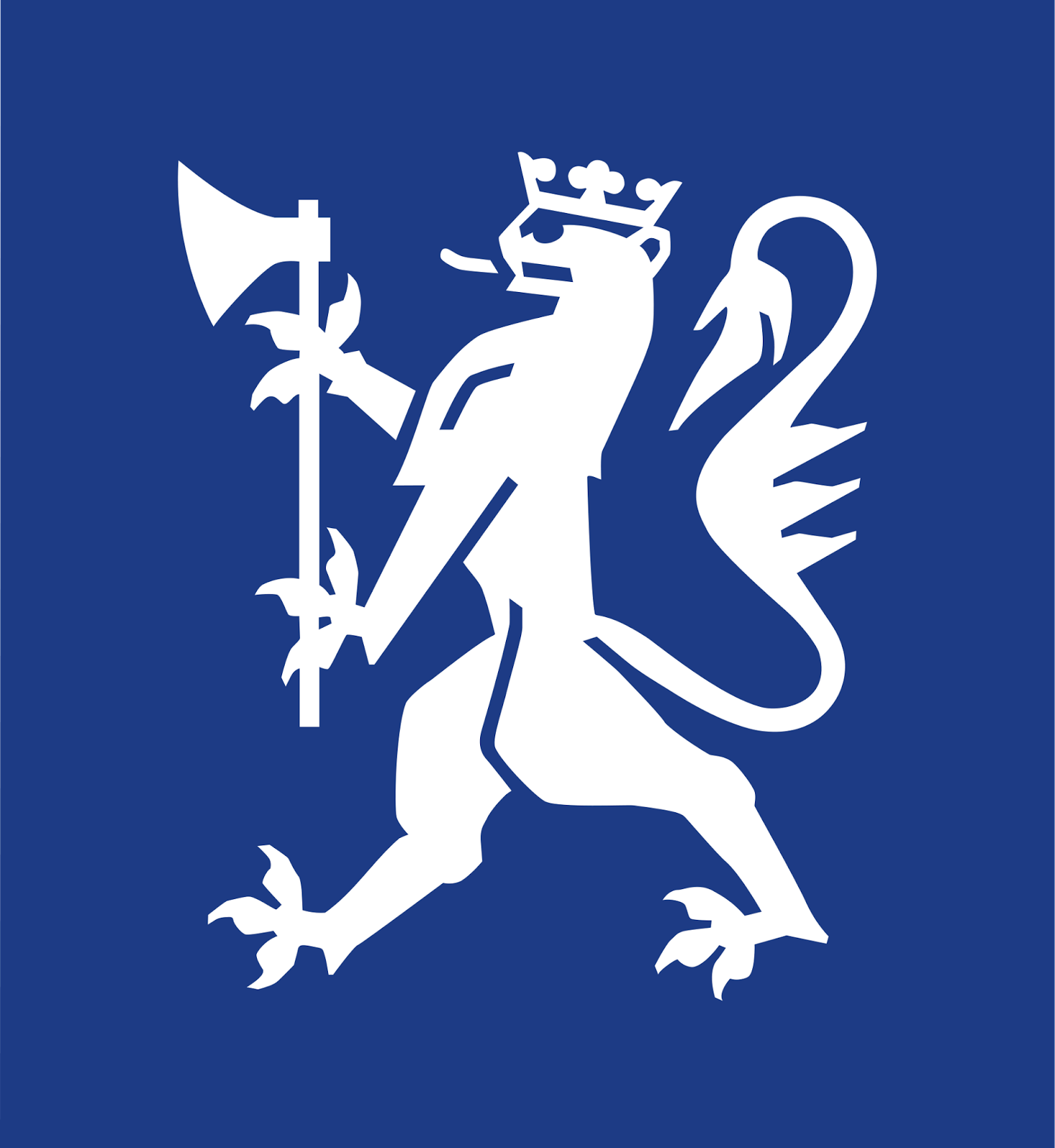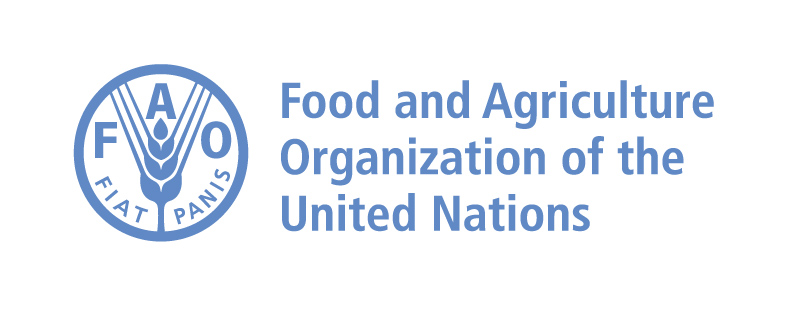Two centuries of Viking raids into Europe tapered off following the adoption of Christianity by King Olav TRYGGVASON in 994; conversion of the Norwegian kingdom occurred over the next several decades. In 1397, Norway was absorbed into a union with Denmark that lasted more than four centuries. In 1814, Norwegians resisted the cession of their country to Sweden and adopted a new constitution. Sweden then invaded Norway but agreed to let Norway keep its constitution in return for accepting the union under a Swedish king. Rising nationalism throughout the 19th century led to a 1905 referendum granting Norway independence. Although Norway remained neutral in World War I, it suffered heavy losses to its shipping. Norway proclaimed its neutrality at the outset of World War II, but was nonetheless occupied for five years by Nazi Germany (1940-45). In 1949, Norway abandoned neutrality and became a member of NATO. Discovery of oil and gas in adjacent waters in the late 1960s boosted Norway's economic fortunes. In referenda held in 1972 and 1994, Norway rejected joining the EU. Key domestic issues include immigration and integration of ethnic minorities, maintaining the country's extensive social safety net with an aging population, and preserving economic competitiveness.
Norway is a parliamentary constitutional monarchy.
Source: CIA World Factbook
Members:
Resources
Displaying 16 - 20 of 60Regulation No. 1175 on the Protection of Hauktjern outdoor urban area, Oslo.
The purpose of this Regulation aims at conservation the quality of outdoor recreational areas without interfering their topography, the presence of swamps, lakes, streams, and hills. The area offers a large proportion of old forest without recent forest interventions. The area also consists of larger cultural heritage and a diverse wildlife. The outdoor recreational area covers a total area of 3 674 acres. The boundaries are shown in a map at a scale of 1:15 000. The exact boundaries of the area shall be marked in the forest.
Regulation No. 1173 on protection of Skjennungsåsen outdoor area, Oslo.
The purpose of this document is to ensure the conservation of nature values of a specific outdoor area Skjennungsåsen. This area's topography includes large proportion of old forest without recent forestry interventions, of both pine and spruce, including small ponds, marshes and streams. The outdoor recreational area covers 805 acres, with boundaries in scale 1:10 000 and marked in the forest. The following safety rules shall apply to the area: vegetation is protected from damage and destruction. Planting or seeding of trees and other vegetation is prohibited.
Regulation No. 1176 on the Protection of Spinner outdoor urban area, Oslo.
The purpose of this Regulation is to preserve the scenic value of outdoor recreational terrains in areas rich with wildlife within Oslo. The boundaries of the outdoor area is shown in map at a scale of 1:12 500 of September 2013. The exact boundaries of the area shall be marked in the forest. Administrative authorities may grant permission to create paths and trails, ensure sport activities do not conflict with conservation objectives, forest management initiatives in certain sub-areas should develop a more friendly forest area in line with conservation objectives.
Regulation No. 769 on subsidy for drainage of agricultural land.
The purpose of this Regulation is to increase the quality of previously drained agricultural land by providing subsidies for drainage of poorly drained soils, with potential for the increase of agricultural production and to minimize erosion and runoff of nutrients into watercourses. Subsidies for drainage of agricultural land shall correspond to NOK 1 000 per hectare.
Implements: Act No. 23 of 1995 concerning land use. (2011-03-03)
Regulation No. 1190 concerning the protection of the fortress geotope on Svalbard.
The purpose of this Regulation is to ensure the protection and preservation of the geological deposits located in the northwest corner of the Nordenskiöld Land in Svalbard, including sites with elevated soil temperature and karst phenomena, sites with deposits of fossil archeological imprints, and other areas with specieal scientific value. The protected area covers an area on the northwest corner of Nordenskiöld land between Grønfjorden and Lewin Odden and marine areas 300 meters from the low tide line shore.


